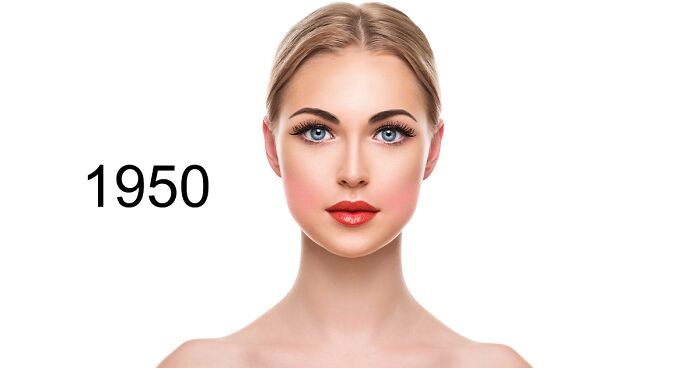
See How Beauty Trends Have Evolved Over The Last 100 Years
Interview With AuthorTransform Hospital Group has recently looked into the evolution of beauty trends across the last century, exploring the impact that global events, celebrities, and social media have had on the development of popular trends, products, and treatments. They then worked with artist Jan Koudela to visualize the top trends from each decade.
Bored Panda reached out to Transform Hospital Group and asked some questions. First of all, they told us about what inspired this project: “We’ve seen that the Covid-19 pandemic seems to have had quite a big impact on beauty trends—there has been a real shift towards skincare and more ‘low-key’ makeup looks. It got us thinking about how trends have evolved and what influenced them, so we went away and did loads of research into it and then worked with a great artist called Jan Koudela, who visualized the biggest trends for us.”
More info: transforminglives.co.uk | Instagram | Facebook | youtube.com
The 1920s
“In 1920 flappers like Louise Brooks made a bold fashion statement with a youthful, attention-grabbing makeup look. More commercial face creams were developed too, including Pond’s vanishing cream, which gave the skin a pearly sheen.”
The experts shared what are the usual changes in makeup trends in about 10 years: “There seems to be a bit of a cycle with makeup trends approximately every 30-40 years. First, there is quite a playful look, and then a very feminine look, then something more dramatic and exaggerated, and then a more pared-back and natural look. It’s not a perfect cycle, but there does seem to be that trend.
With wider beauty trends and skincare, there is less of a cycle—technology, treatments, and products are advancing all the time, so it’s more about the ‘next big thing’, which is usually a better version of what came before.”
The 1930s
“In 1930 actresses like Bette Davis, Katherine Hepburn, and Marlene Dietrich inspired a bold new makeup look—and very thin brows—which were said to look better on screen. Around 1930, electrical currents with pulsating microwaves were used by beauty salons for facial treatments, in order to tighten and restore the skin.”
We asked if people tend to go for a complete change after a trend dies out: “Not always. If we look at that cycle, when there is a really dramatic look one decade, like in the 1930s, 1980s, and the 2010s, then the decade that follows has seen a more natural and pared-back makeup trend, and with a greater focus on skincare again. There are, of course, several things that influence that—celebrities of the age, global events like the Second World War or Covid—but it seems like there is that cycle. With more playful makeup looks, what follows is something not massively dissimilar but perhaps just a bit more feminine.”
The 1940s
“In 1940 skincare favorites like Palmer’s skincare success ointment were used to create a flawless, fresh complexion. During the war, many products were hard to get hold of, so home-made formulas circulated. Victory red lipstick was a must, though, with brands such as Max Factor, Elizabeth Arden, and Maybelline developing new lines of bold lipsticks.”
Experts also tell us more in-depth about skincare and how much people care about it: “It seems that people have always cared about their skin and have sought out products, treatments, and procedures that help to keep skin looking more youthful for longer. Over time, the treatments and products have, of course, developed and improved, though. In the 1920s, there weren’t a lot of choices, but if you skip ahead to the 1960s, you start to see chemical peels coming onto the market and three-step skincare systems, too. If we jump to the 1980s, we see more surgical procedures like facelifts becoming popular, and also anti-aging products you can use at home. In the 2020s, we’ve seen a greater demand for skin rejuvenation procedures. Having flawless skin is fast becoming a status symbol—a sign of natural beauty. But it can take quite a bit of work to maintain a ‘perfect’ complexion! Treatments such as hydra facials and derma rollers, which are designed to brighten and hydrate skin for a healthier and more glowing complexion, can largely replace heavy face makeup over time—if your skin is flawless, why cover it?”
The 1950s
“In 1950 makeup was glamourous, with a ‘peaches and cream’ complexion, orange-red lips, and ‘feline flick’ eyeliner. Skincare products to improve the complexion were also more popular, with Pond’s dry skin cream and cleansing creams considered ‘must-haves.’”
They share what direction our makeup looks are going towards currently: “If we look at that cycle again, we expect that the 2030s will see a more playful makeup look. We think skincare will continue to be a big focus, so there won’t be a return to heavy ‘face’ makeup just yet. We think that the current trend for a very pared-back makeup look will be slightly developed and that we’ll see more ‘fun’ eye makeup in particular—jewel-toned liquid and pencil eyeliners and ’60s-style long lashes.”
The 1960s
“The ’60s makeup look was all about the eyes, thanks to Twiggy. Chemical peels started to gain popularity along with multi-step skincare systems including moisturizers, toners, and cleansers.”
Transform Hospital Group tells us what they learned from the project: “We learned about those makeup cycles, and also that there has been a consistent demand for better skin care products and procedures—advancements are always sought after. Ultimately, people want to look and feel their best for longer. Age is just a number!”
The 1970s
“In 1970 bronzer became more popular in the ’70s, along with glossy lips and colored eyeshadows. The 1970s also saw more natural ingredients being incorporated into cosmetics to satisfy the growing demand.”
The 1980s
“In 1980 hair and makeup were exaggerated and colorful, inspired by singers like Blondie and Madonna. The first anti-aging skincare products appeared during the late ’80s, with collagen cited as a wonder ingredient!”
The experts told us what are the greatest effects on makeup trends: “Celebrities—actors and singers, mostly—seem to have the biggest impact on trends, based on our research. The fashion industry plays its part too, but is often responding to changes in popular culture, rather than defining those changes.”
The 1990s
“In 1990 actresses like Gwyneth Paltrow and Drew Barrymore inspired a fair-faced makeup look with a smudged eye and burgundy lip. The 1990s also brought us AHAs (Alpha Hydroxyl Acids), which was the first ingredient to affect aging skin.”
The 2000s
“In 2000 the makeup look was feminine, with glossy lips and blue/silver eyeshadows. By the 2000s, hyaluronic acid moisturizers had also emerged and there was a noticeable shift towards more natural and organic ingredients in beauty products.
The 2010s
“In 2010 dramatic and heavy makeup with full lashes, contouring, and highlighter to ‘fake’ a dewy complexion was made popular by social media makeup influencers and celebrities like Jeffree Star and Kylie Jenner. Plumper lips were also popular, with lip fillers becoming more mainstream.”
“It’s how you feel that matters the most. You don’t have to be following the latest trends and there should never be any pressure to look a particular way—beauty trends should only ever be about expressing yourself, and boosting your self-esteem and confidence.”
The 2020s
“In 2020 we went from hydrafacials to dermarollers, it’s all about skin rejuvenation and barely-there makeup in the 2020s. Covid-19 has been a big influence—less time going ‘out’ has sparked a more low-key beauty look.
The 2030s
“In 2030 skincare and anti-aging treatments will continue to be a priority, but makeup is expected to become more playful (particularly eye makeup, with jewel-toned eyeliners).”
“It is amazing that so many people have seen this post and commented on it too. It has been an unexpected, happy surprise. We’ve seen that a few other websites in Russia, Italy, etc. have featured the content too, which is great!”
86Kviews
Share on FacebookI disagree with the predictions about the 2020s one. I believe, after all this is officially over, people will get wild to party and show off their most longed for aesthetics. For some time, that is. Essentially not much will change. Also, even with masks, I notice people still do put make up, and it's obvious they want to emphasise the eyes.
I've actually switched to wearing bright red scarlet lipstick behind my mask. I know it's there. It cheers *me* up. But, yes, I agree, the eyes will be the big point of emphasis. And under-eye concealer.
Load More Replies...IMO, its normal to call out articles for not being inclusive (different races, countries, cultures had different beauty standard across time) but in all fairness: that will be a really long long long article. In terms of cultural soft power across the globe (I live in Asia), beauty trends for white women was quite prevalent. Many asian pop stars adopted similar makeup trends (albeit with different twists) so these looks are familiar to me. Maybe they can include a disclaimer or narrow their frame but otherwise, I think we can be more forgiving for a short concise article.
I disagree with the predictions about the 2020s one. I believe, after all this is officially over, people will get wild to party and show off their most longed for aesthetics. For some time, that is. Essentially not much will change. Also, even with masks, I notice people still do put make up, and it's obvious they want to emphasise the eyes.
I've actually switched to wearing bright red scarlet lipstick behind my mask. I know it's there. It cheers *me* up. But, yes, I agree, the eyes will be the big point of emphasis. And under-eye concealer.
Load More Replies...IMO, its normal to call out articles for not being inclusive (different races, countries, cultures had different beauty standard across time) but in all fairness: that will be a really long long long article. In terms of cultural soft power across the globe (I live in Asia), beauty trends for white women was quite prevalent. Many asian pop stars adopted similar makeup trends (albeit with different twists) so these looks are familiar to me. Maybe they can include a disclaimer or narrow their frame but otherwise, I think we can be more forgiving for a short concise article.
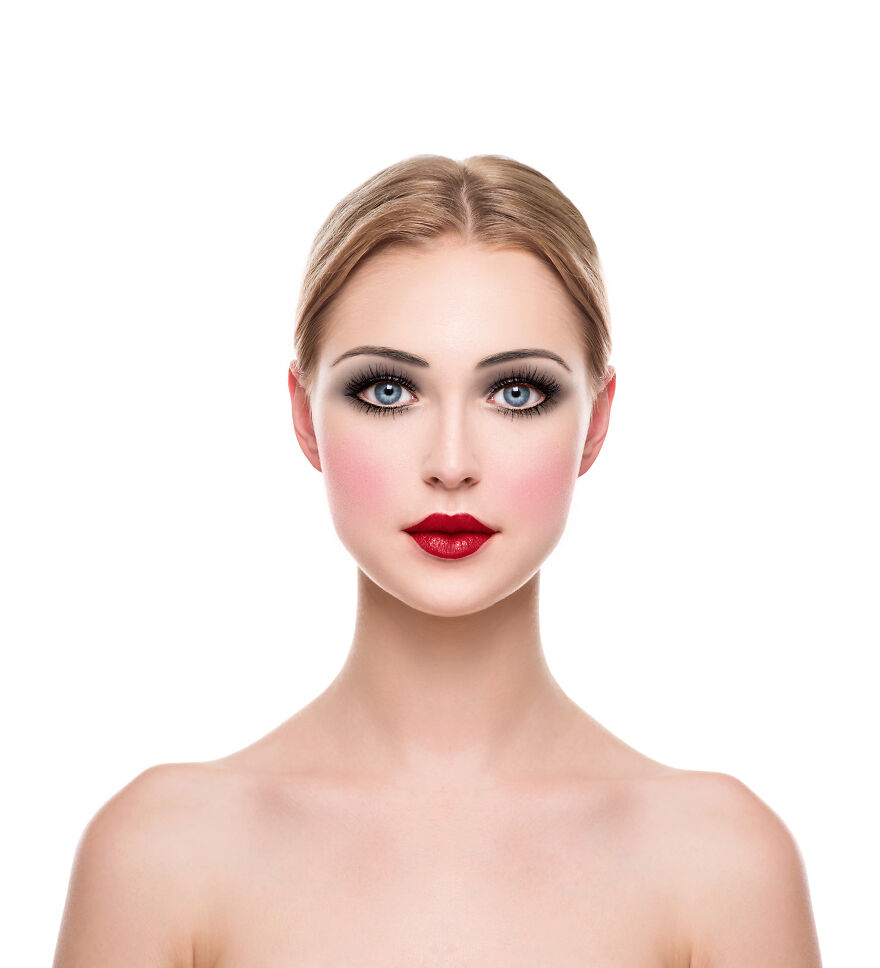
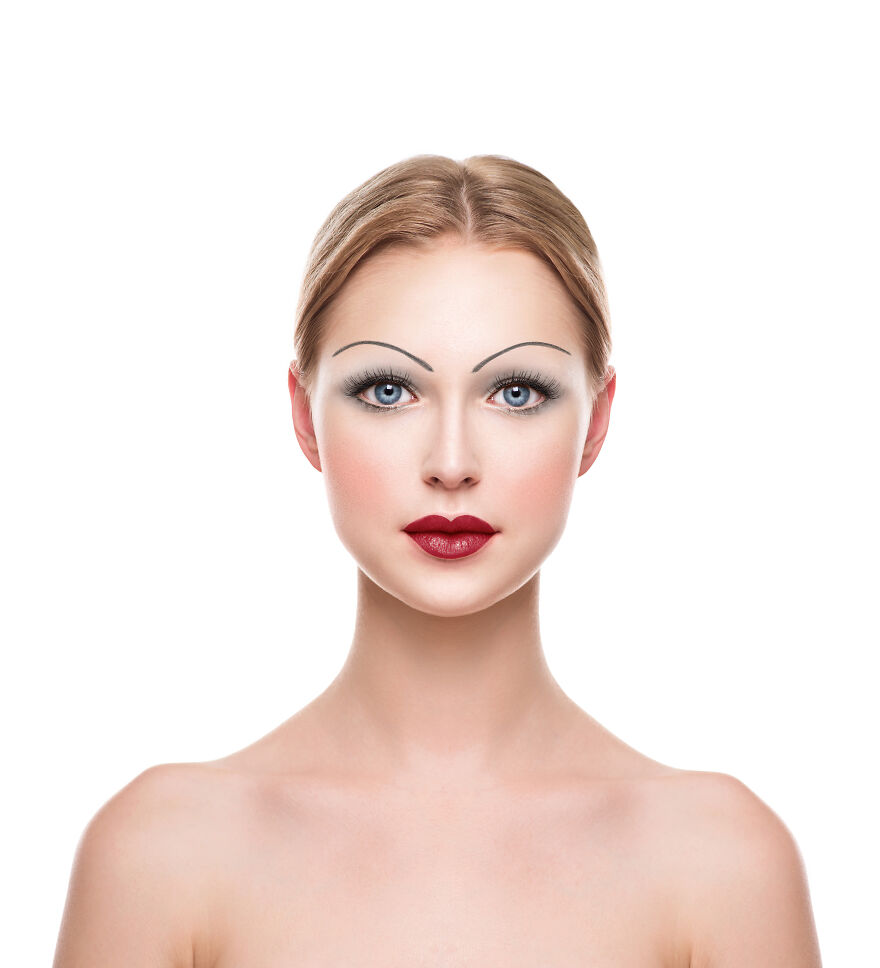
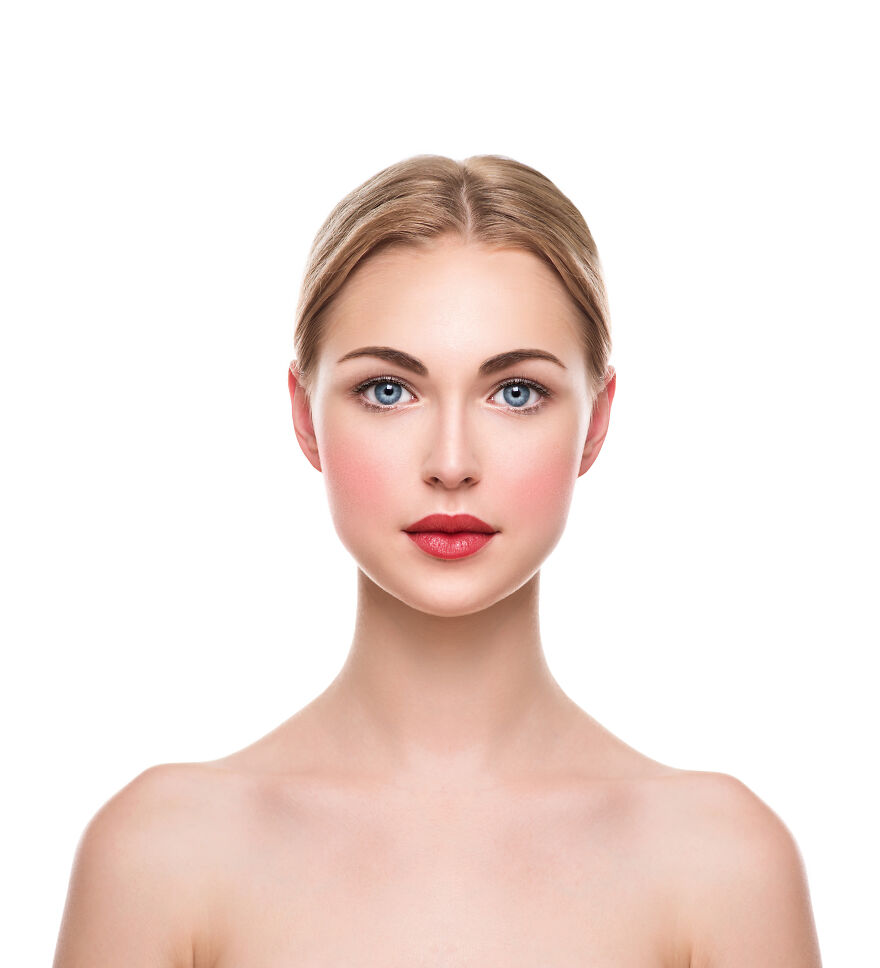
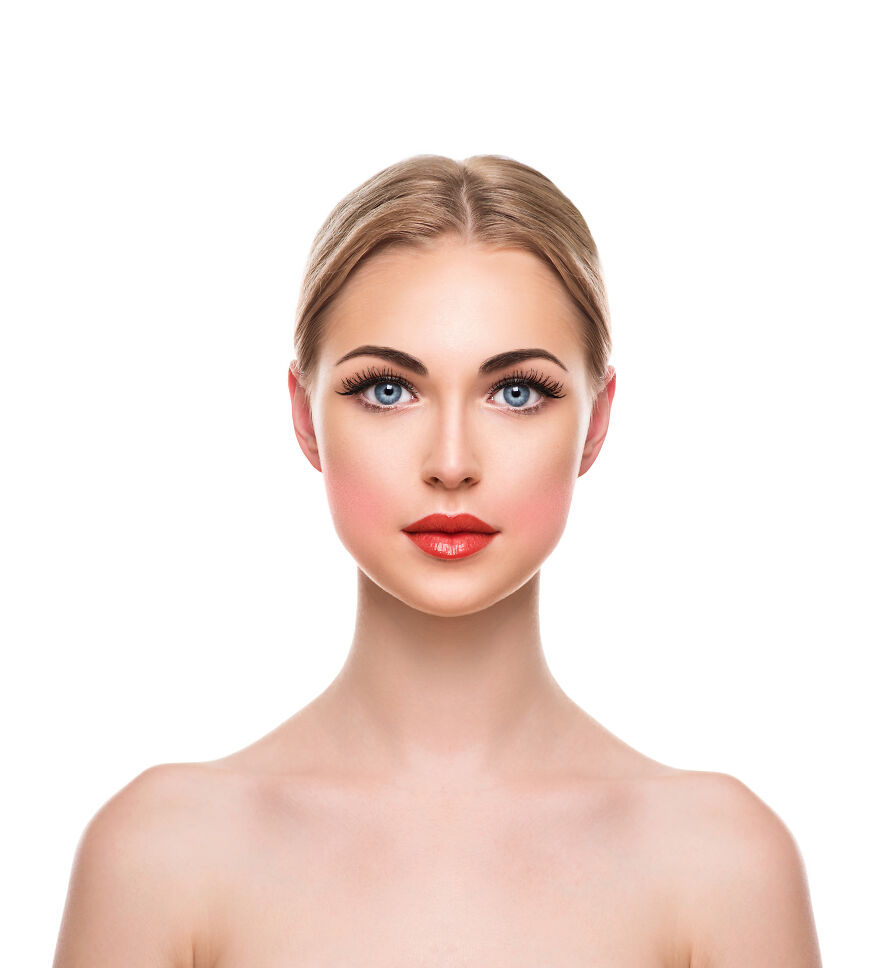
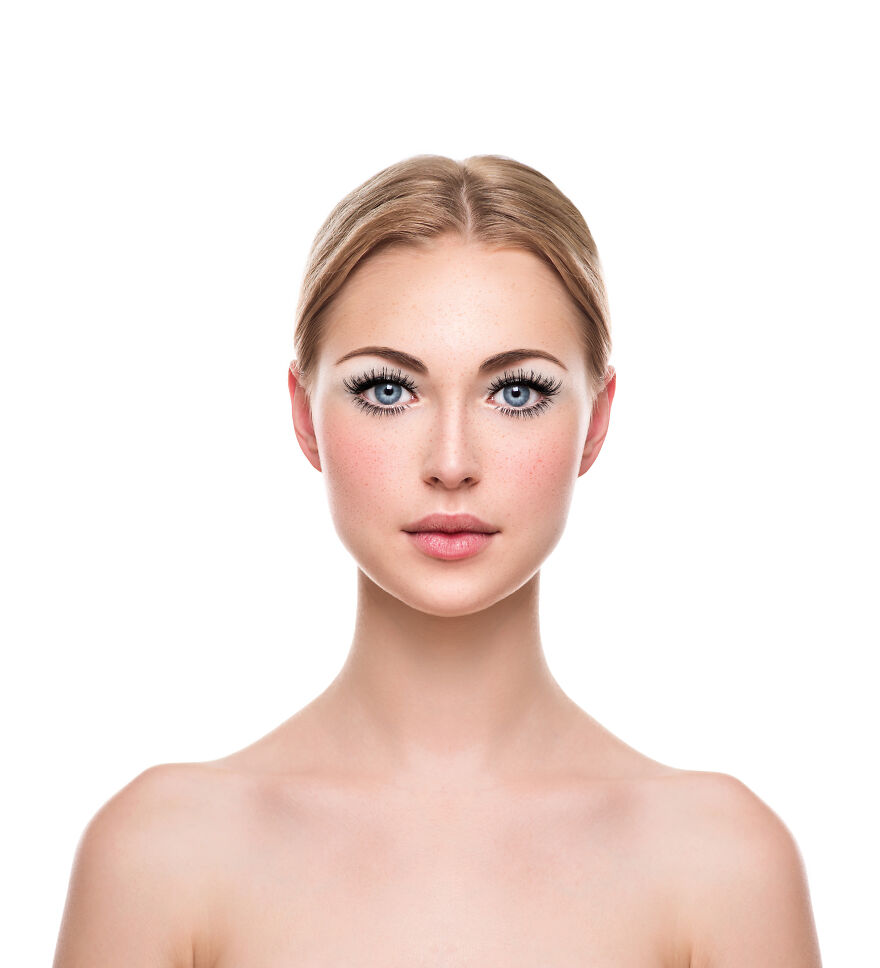
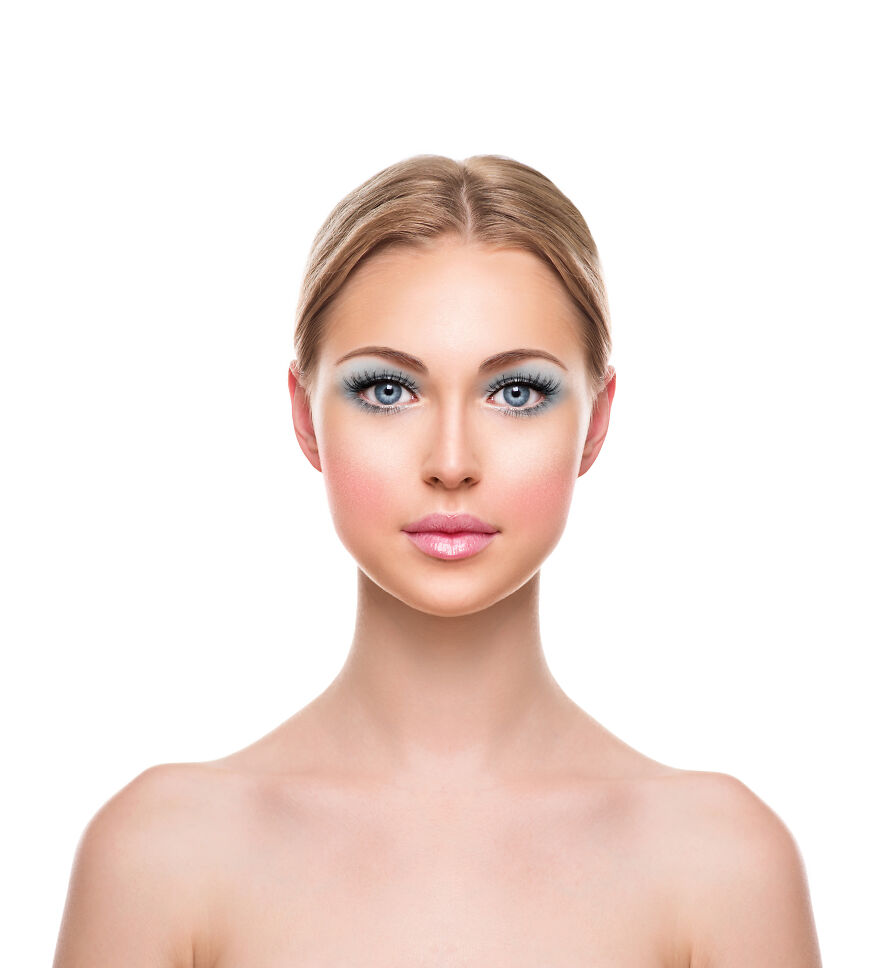
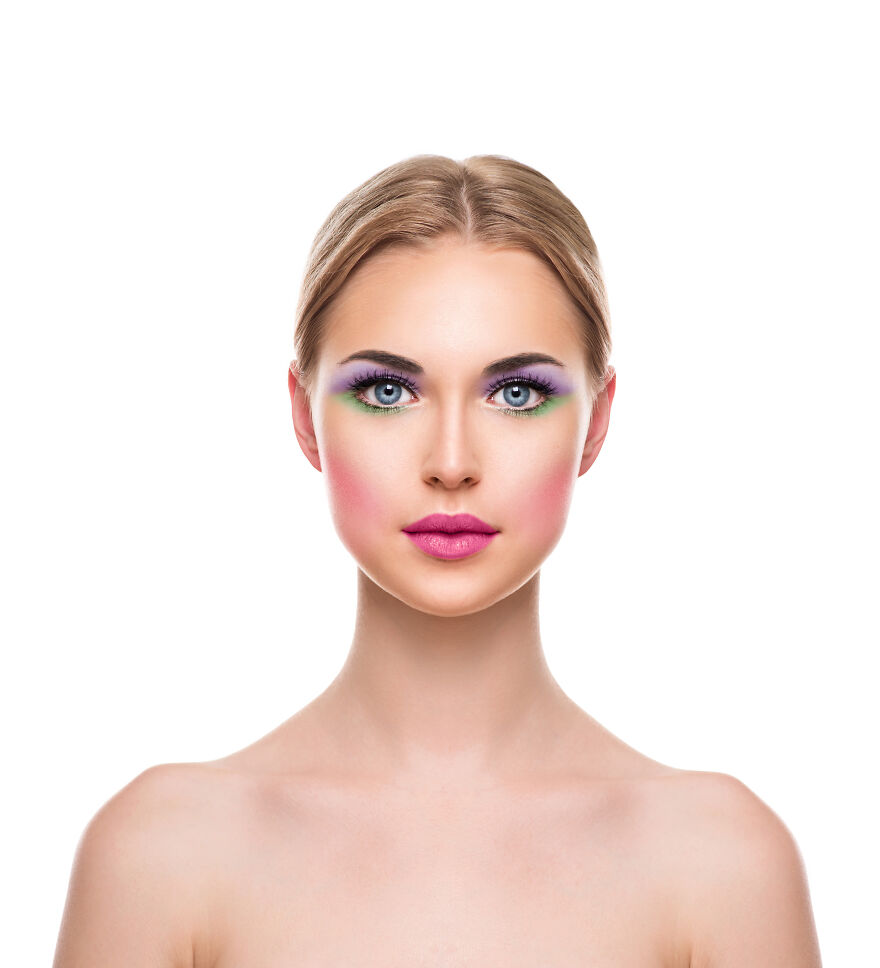
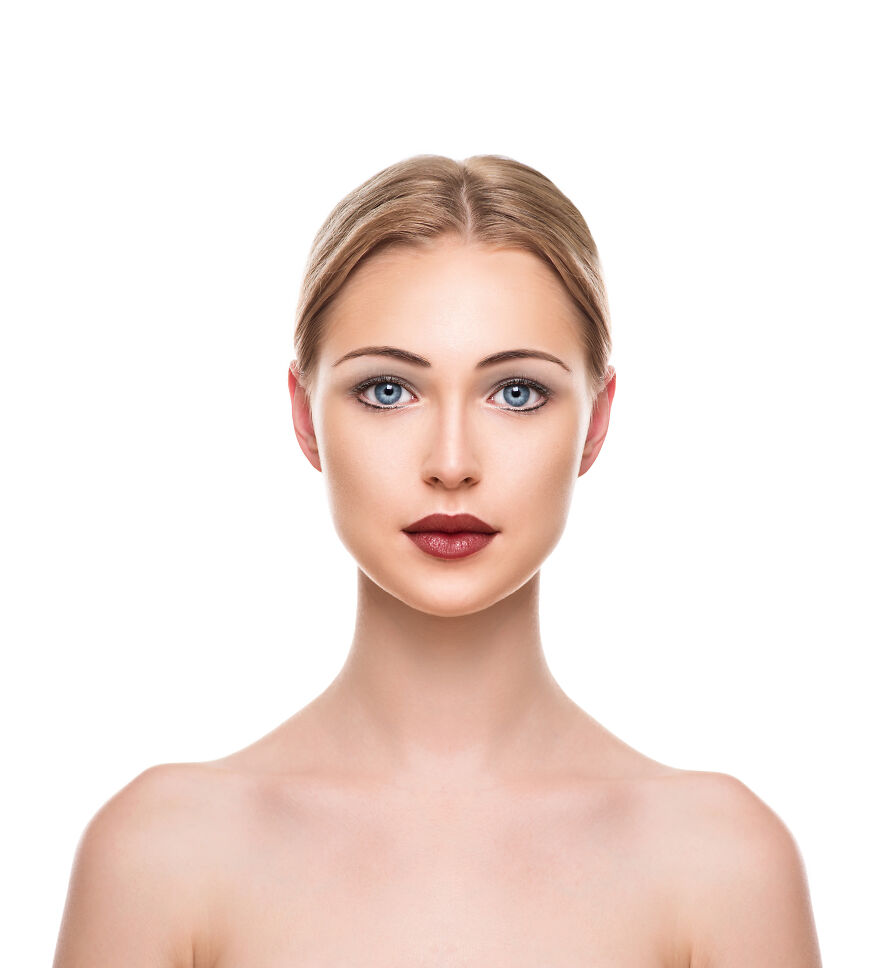
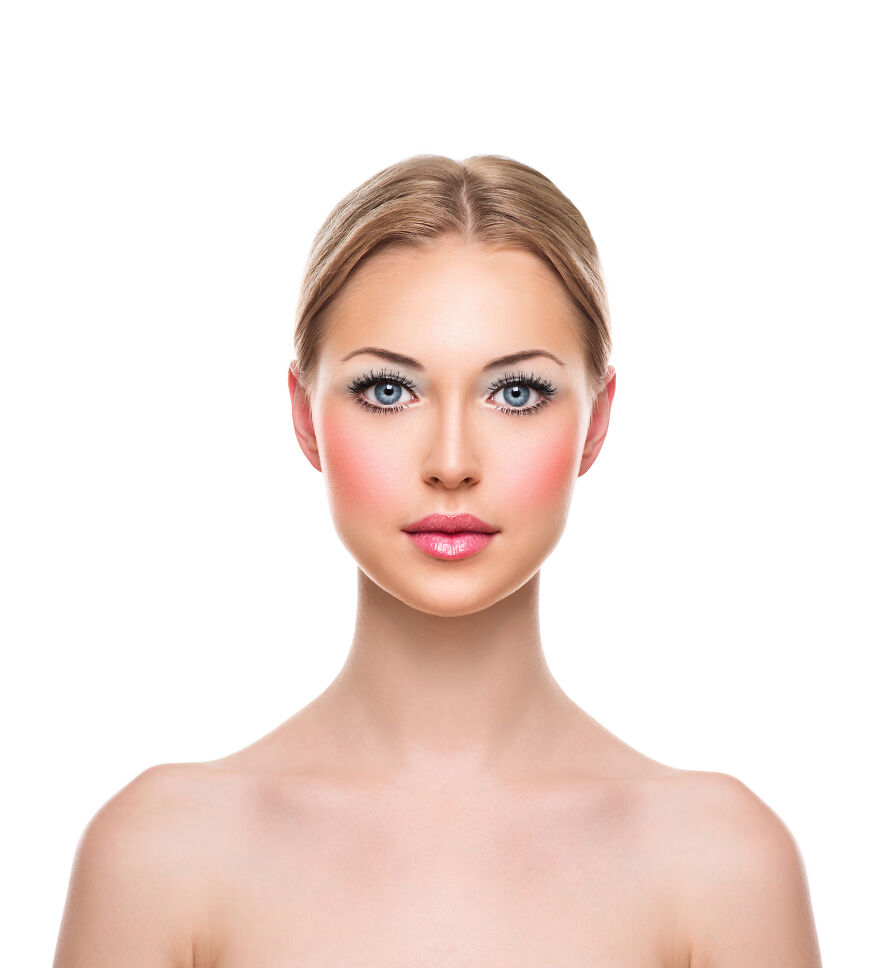
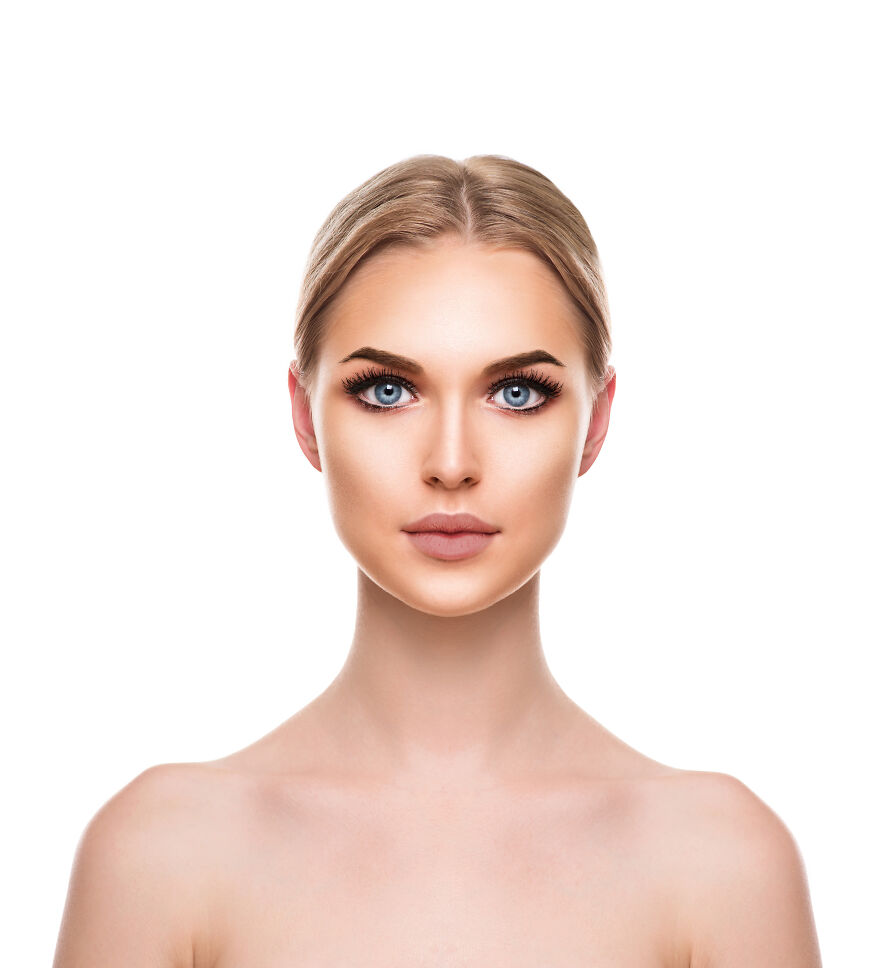
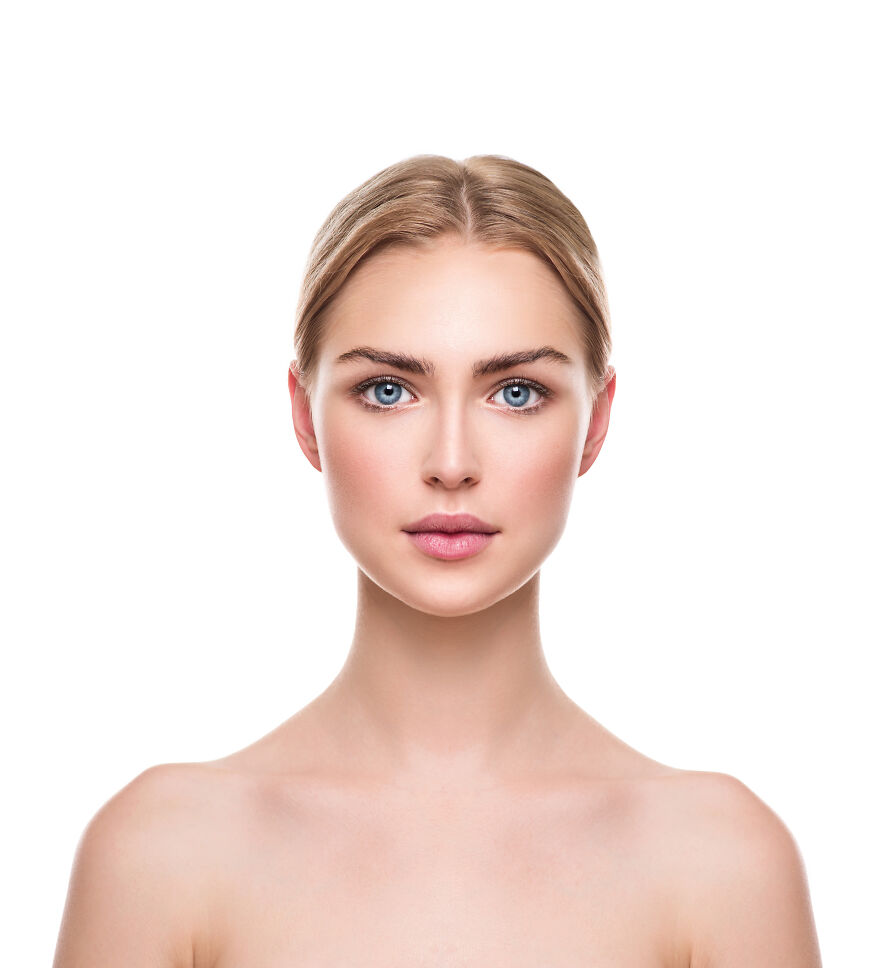
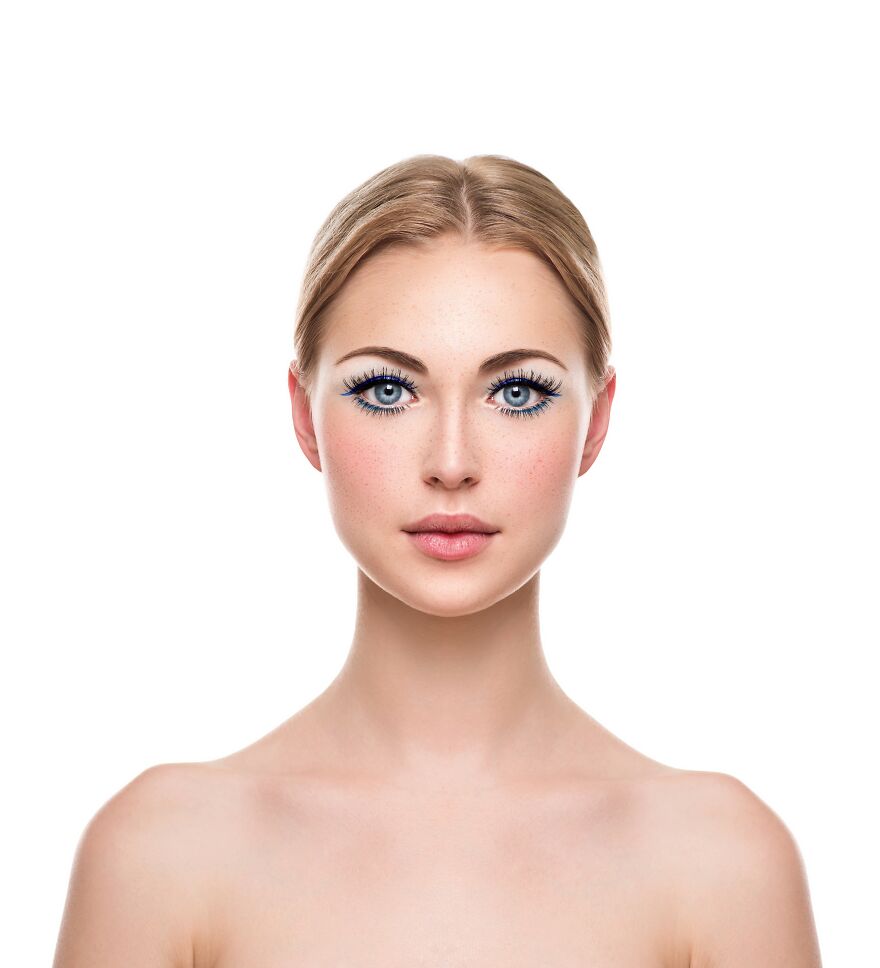

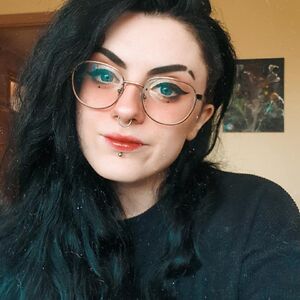

161
70